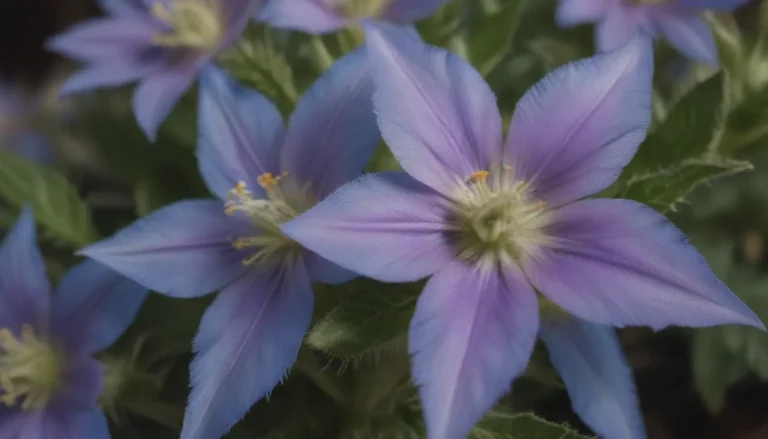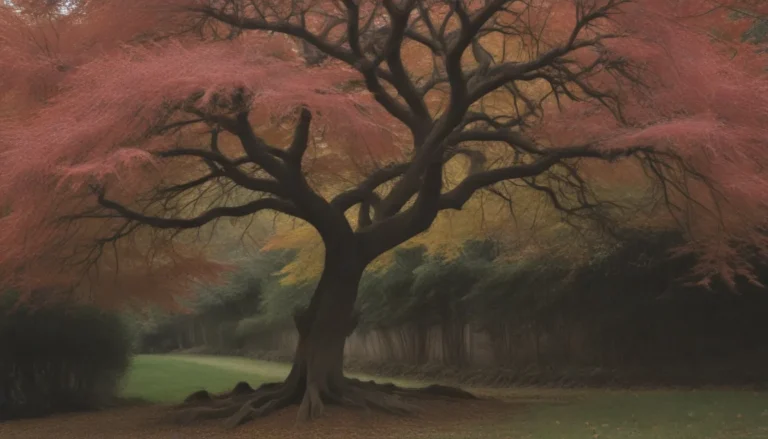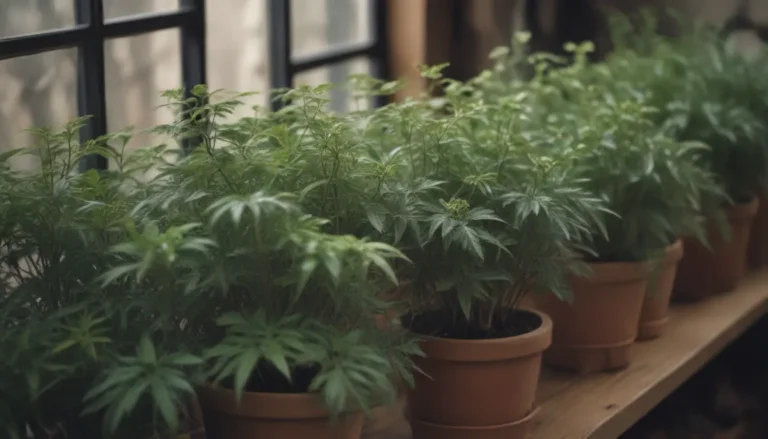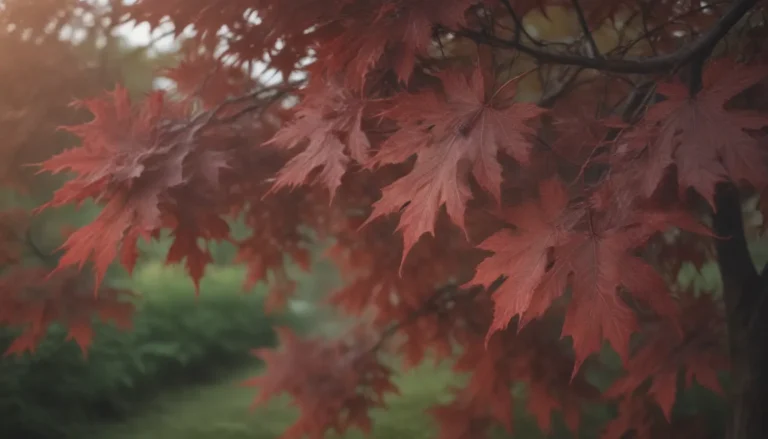The Comprehensive Guide to Growing and Caring for Blue Oat Grass
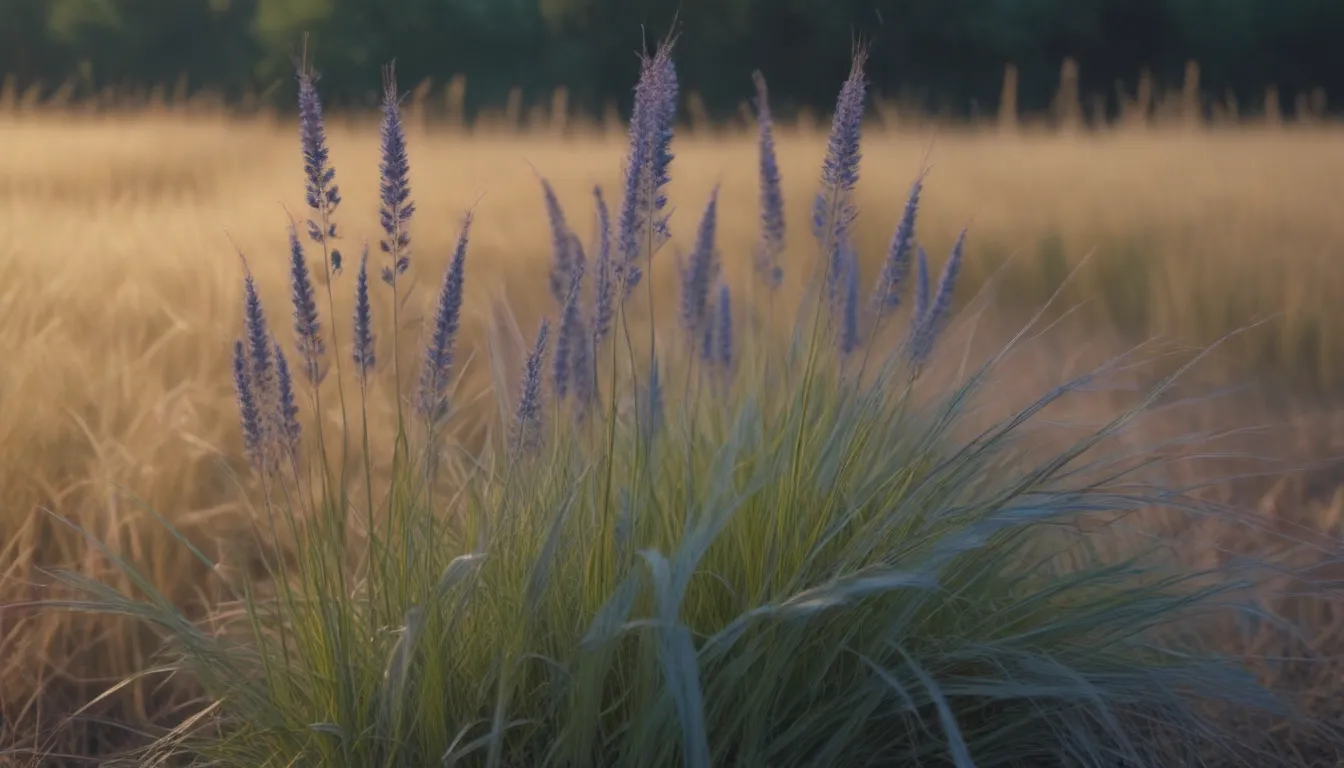
Are you looking to add a touch of unique beauty to your garden or landscaping? Blue oat grass might just be the perfect plant for you! This perennial grass, also known as Helictotrichon sempervirens, stands out among ornamental grasses with its striking blue-green foliage. In this comprehensive guide, we’ll explore everything you need to know about growing and caring for blue oat grass.
Why Choose Blue Oat Grass?
Blue oat grass offers more than just a stunning visual appeal. Here are a few reasons why you might want to consider adding this plant to your outdoor space:
- Unique blue-green foliage that adds a pop of color to your garden
- Low-maintenance plant that doesn’t require constant attention
- Well-behaved clumping grass that won’t take over your garden
- Tolerant of various soil types, environmental salt, and urban conditions
With its rapid growth rate and visually striking appearance, blue oat grass is sure to become a standout feature in your landscape.
Blue Oat Grass Care Tips
Taking care of blue oat grass is relatively straightforward, making it a great option for both novice and experienced gardeners. Here are some essential care tips to help your blue oat grass thrive:
Light
Blue oat grass thrives in full sun conditions, so make sure to plant it in an area that receives at least six hours of direct sunlight per day. While it can tolerate partial sun or shade, it may become leggy under these conditions.
Soil
Ensure that you plant blue oat grass in well-draining soil to prevent root rot. The plant prefers alkaline to neutral soil with a pH level between 6.5 to 7.5. Additionally, blue oat grass is tolerant of environmental salt in the soil.
Water
Once established, blue oat grass typically thrives on rainfall alone. Keep the soil moisture average to dry to prevent overwatering and root rot. While the plant is drought-tolerant, prolonged drought periods may induce a semi-dormant state.
Temperature and Humidity
Blue oat grass prefers dry and cool climates, with its distinctive blue hue most prominent in dry conditions. In hot weather climates, the plant may not flower as expected.
Fertilizer
Generally, blue oat grass does not require supplemental fertilizer. If the plant is struggling, consider using organic fertilizers like compost or leaf mold. Avoid nitrogen-heavy fertilizers, as they can lead to overproduction of foliage.
Types of Blue Oat Grass
Blue oat grass comes in various types, each with its unique characteristics. Some popular varieties include:
- Blue Heaven Blue Oat Grass (Helictotrichon sempervirens ‘Blue Heaven’): A compact variety with intense blue foliage.
- Sapphire Blue Oat Grass (Helictotrichon sempervirens ‘Sapphire’): A striking blue grass with a silvery sheen.
Pruning and Propagating Blue Oat Grass
While blue oat grass is low maintenance, occasional pruning is beneficial to remove dead growth. The plant can be propagated through division every three to four years. Here’s how you can propagate blue oat grass:
- Divide the plant in the spring before the growing season begins.
- Separate the clumps into smaller sections, ensuring each division has roots attached.
- Replant the divisions in well-draining soil and water thoroughly.
Potting and Overwintering Blue Oat Grass
Blue oat grass can be grown in containers with proper drainage. While plants in the ground rarely need fertilizer, container-grown plants may require nutrient supplementation. Additionally, this hardy grass does not require special care during the winter months.
Common Pests and Diseases
Blue oat grass is generally resistant to pests and diseases, but it can develop rust fungus in humid conditions. To prevent this, reduce watering and ensure proper spacing between plants. Consider native alternatives like big bluestem for a similar aesthetic with fewer maintenance challenges.
In conclusion, growing and caring for blue oat grass can be a rewarding experience for any gardener. With its unique visual appeal and low-maintenance nature, this perennial grass is sure to enhance the beauty of your outdoor space. Whether you’re a beginner or seasoned gardener, adding blue oat grass to your landscape is a decision you won’t regret.

